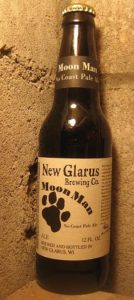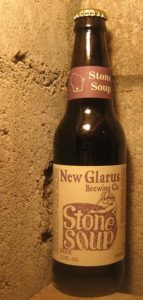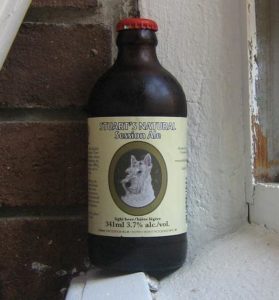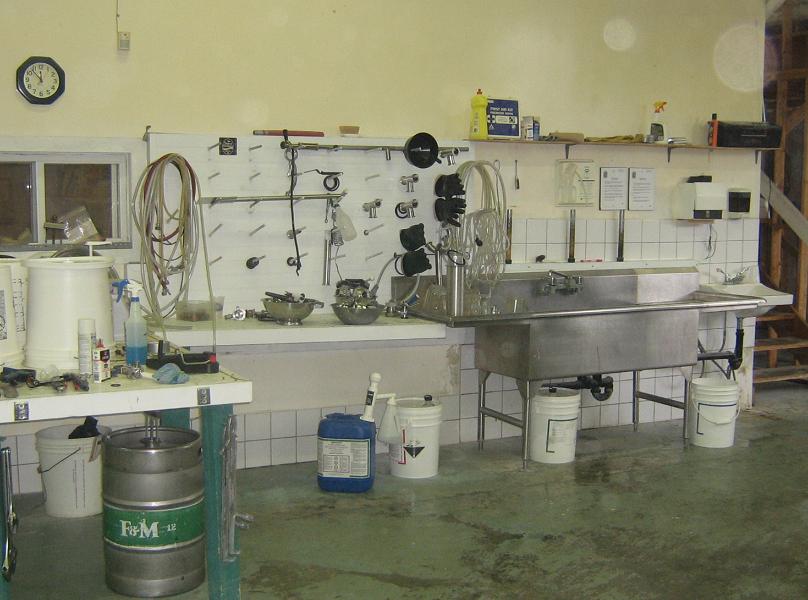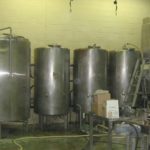First conclusion of the experiment: the boxes are far less mould caked
when not left in a corner of a cold room for a decade.
OK, it wasn’t so bad. I was worried there for a bit but its gonna be OK. Turns out I have doubles. I have leeway. But, come to think of it, this box holds ten years of Fuller’s Vintage Ales, 2007 to 2016 and it’s high time I tucked into them. First, I bought them and tucked in right away. Later, I would do some comparing and contrasting, like the .05 v .10 and the ’06 v ’11 but I didn’t keep it up. I just stock piled.
I used to stockpile. Like those Stone Vertical Epic Ale annual releases. Like the Thomas Hardy ales. I ended up giving away Stone’s 05-05-05 to 12-12-12 more out of a sense of boredom than anything. By the end of the project it was a parody of itself. Reports were that a third were great, a third were fine and a few plain sucked. Such is the path of big US craft. Yet, they gave more joy to those gifted than my THA’s are given me now. Yik. Malt reduced to soy sauce. Hops now only offering the residue left after I boiled down my childhood ’45s. So glad I saved them. So, tonight I begin my attack the box at the back of the cellar.
First up and this Fuller’s Vintage Ale 2015 is not giving me the joy. There’s an astringent green vegetable taste in the middle of my pint where, you know, rosy cheeked English youth gathering in autumn’s harvest should be gamboling… cavorting even. But it’s clear and the colour of a love match between a lump of amber and a chestnut – which I will grant you is a bit of a range. And it raises a good head. As ale it is not fouled. BAer review speak of a wooden bitterness. I get that. Don’t want it. But I get it. Yet… as it sits it moves from astringent green vegetable to astringent exotic orange-like citrus fruit you couldn’t pronounce but thought you would buy anyway because “hey, it’s Christmas!” and then you find it dried out a bit at the back of the shelf weeks later, closer to February than December. Which is better. I now get some husky grain. I can even see Seville marmalade from here. Even if made by my cray cray great-aunt well past her marmalade glory days. Household helpful hint: open this and let it breath for an hour.
I had to wash both bottles of the 2014. The first one I pulled out was stored upside down and it’s showing a need to sit for a bit. Cloudy. And both have stage one designate substance issues on the box and label. In the mouth, again with the musty staleness. Gonna let it sit a bit but at least its not paying homage to a green pepper. Later. Better. Still maybe infanticide as the flavours have not resolved. There is a hay loft grainy dry as well as a a rich earthiness. If my garden compost tasted like this I’d be ecstatic. Thinking about it, Gouda and mushrooms on toast. That would work well with this. Later still, the narrative is adds a dry stone aspect. I am now walking on a path on a hot day through rocky fields like those in our nearby fine wine region. The hops after an hour have a rich sweet field herb and mint aspect. I once owned a scythe and an acre garden needing tending. This is taking me back there.
[More later. An on-going project… until it’s all gone.]
A few days later, the 2013. Bottle washed and cap popped. Cold. Canadian cellar in February cold. Gotta let it sit but the first sniff and sip are promising. Cream, grain and rich sweetness. Unlike its two juniors, nothing off yet. Receding beef brothiness shifting towards sweet stewed apple. But mainly a mouthful of husky graininess. And cream. Brie cream, though. The cream made by the Brie cows. There’s something going on there. A Brie thing. Brie-like. Maybe. Thick viscous stuff. But no earthy brooding and nothing like Seville marmalade. Fresh and open an hour later. A lovely beer.
One more week has passed. The 2012 just opened had a far less challenging bottle. Cold from the final few boxes in the beer cellar it is stunning, exemplifying what I absolutely love about great beers. Masses of cream cut orange marmalade. I curse 49 year old me for not buying cases and cases of this. Kumquat even. I say that as a man who just this very afternoon roasted two chickens stuffed with kumquats. Just saying. Go eat kumquats if you don’t understand. Tangy, fresh, intense, bright citrus. I am pouring half an inch at a time into a dimpled pint mug and ramming my nose in, sucking the aroma in deeply. [That, by the way, is how to drink fine beer according to me.] As it warms, the graininess starts to assert itself. So now it is like wholewheat bread with a double cream and marmalade spread. I should be graphing this, with different brightly colour lines tracing the taste every fifteen minutes. I am going to leave it there. I am having a moment. OK… ten minutes later weedy herbal notes as well as a nod to beef broth come out. Stunning.

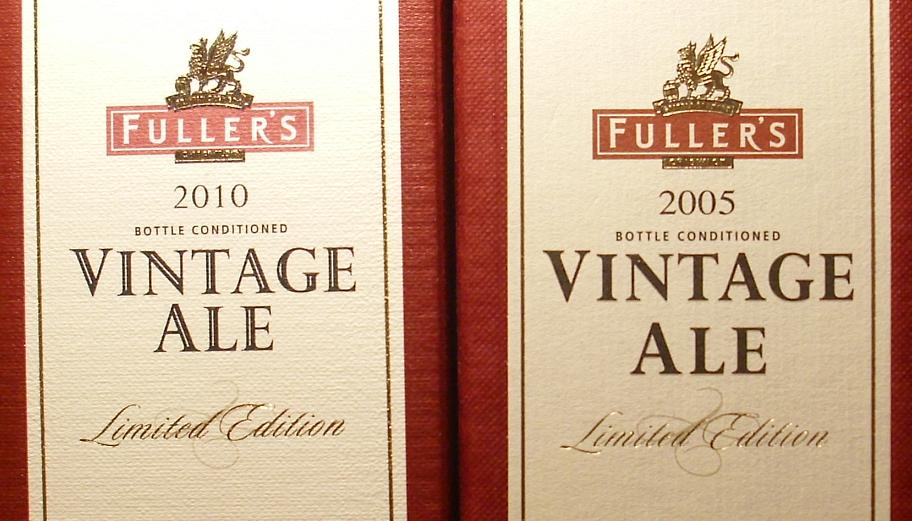
 Ah, my least favorite glass ever meets my favourite brewery of 2016. I got the Kwak glass likely the best part of
Ah, my least favorite glass ever meets my favourite brewery of 2016. I got the Kwak glass likely the best part of  Back from the road. There is still time ahead away from work but my banker and I agree that we would do well to pull back from the Atlantic shore and pull into the driveway. Not that I am grumbling. It was the attack on marine life that I had been hoping for. Good restaurants are a training ground for both manners and inquiry. Or at least that’s what I tell the bankers. I picked
Back from the road. There is still time ahead away from work but my banker and I agree that we would do well to pull back from the Atlantic shore and pull into the driveway. Not that I am grumbling. It was the attack on marine life that I had been hoping for. Good restaurants are a training ground for both manners and inquiry. Or at least that’s what I tell the bankers. I picked 






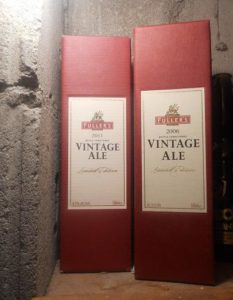



 Obviousness Update: Monsieur Noix of Ireland calls me out over the geography but I am mere puppet in this respect, parroting the brewery itself.
Obviousness Update: Monsieur Noix of Ireland calls me out over the geography but I am mere puppet in this respect, parroting the brewery itself.